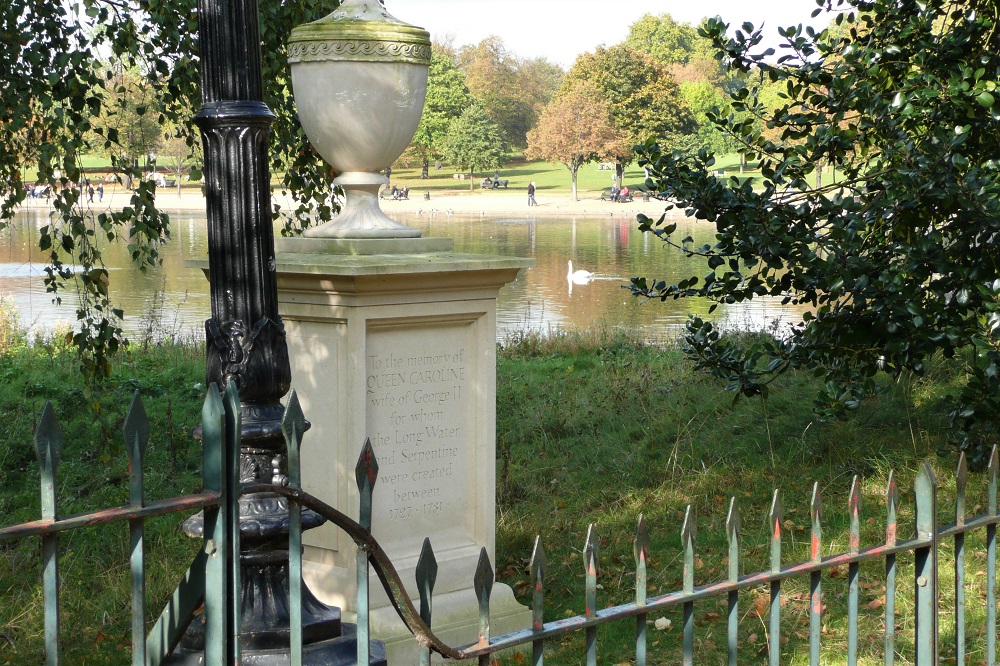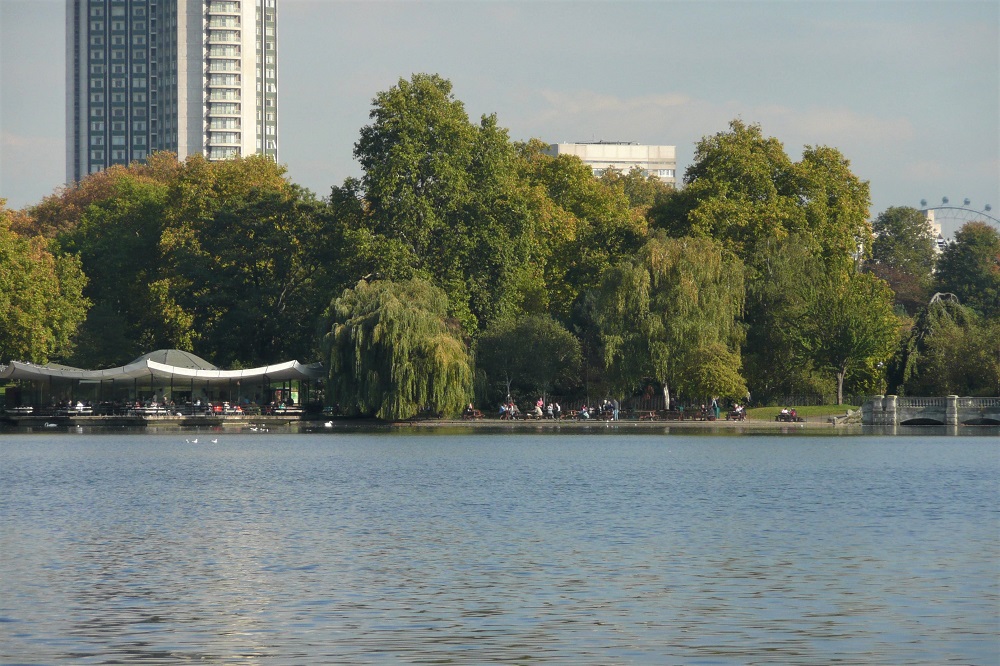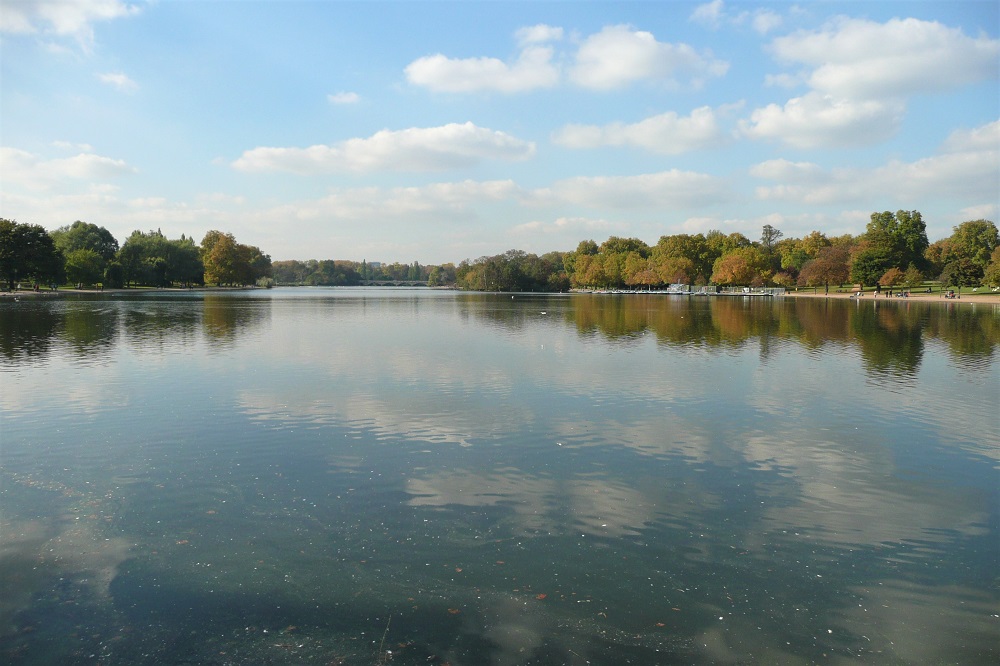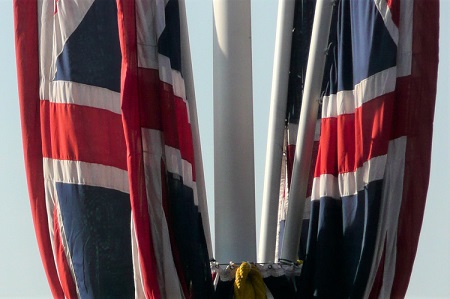 Hyde Park and Serpentine
Hyde Park and Serpentine
After the Norman Conquest in 1066 the land which, is now called Hyde Park, was part of the Manor of Eia, a medieval manor in the parish of Westminster. Later in the 11th century, the land was then bequeathed to the Church by Geoffrey de Mandeville, the Earl of Essex, who became the 1st Sheriff of London. In 1536 Henry VIII acquired the three estates of Eia Manor from the monks of Westminster Abbey, keeping the Hyde estate for his private use as a hunting ground.Horse Riding past the old boat house in Hyde Park
Hyde Park
Since Henry VIII's time the nature of the park evolved through landscaping with; James I permitting limited access for Gentry; Charles I creating the circular track (the Ring) and opening it to the general public in 1637; William III creating Rotten Row, the first artificially lit highway in the country and; Queen Caroline, wife of George II, who in the 1730s, created the Serpentine lake and divided the park in two, Hyde Park and Kensington Gardens.Memorial to Queen Caroline, wife of George II, who extensively landscaped the park
Today Hyde Park is the largest Royal Park in central London covering over 5000 acres, stretching from Hyde Park Corner to Kensington Gardens. The Serpentine Bridge marks the boundary with Kensington Gardens with the upper western part of the lake being called the Long Water.
In addition to the 4000 trees, plants, flowers, meadows, bridle paths and miles of walks, the park contains many attractions including the Serpentine, the world’s first artificial recreational lake, the Diana, Princess of Wales Memorial Fountain and the Serpentine Gallery.
Cafe by the Serpentine Lake, one of the many refreshement places in Hyde Park
With several cafes, restaurants and toilet facilities Hyde Park is an ideal place to spend time; walking, jogging, horse riding, boating and for the brave, swimming in a special designated area of the lake.
There are also designated wide paths, popular with rollerbladers, skate boarders and cyclists. More sedate activities than in the early 18th century when the park was popular for duelling with pistols, by both men and women.
Serpentine, the world's 1st artificially created recreational lake
In the summer the park is often used for major open air concerts. Previous events have included the late Italianate tenor of Pavarotti, Queen, Blur, Pink Floyd and in 1969 the famous Stones in the Park concert where an estimated 500,000 people turned up to watch the free event.
Visitor Infomation
Part of the Royal Parks, Hyde Park and Serpentine lake are open to the public throughout the year.Further information:
Hyde Park

